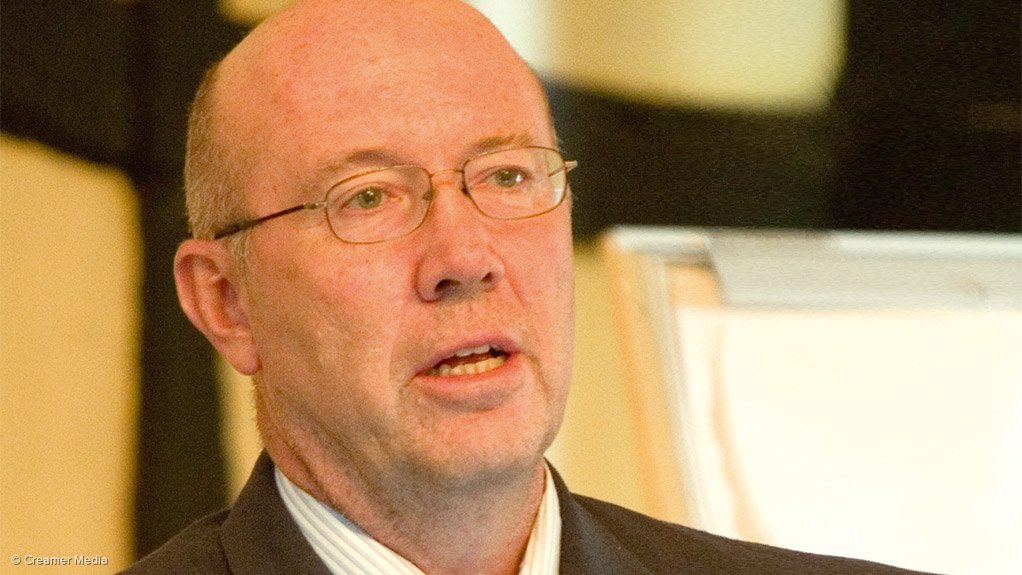SKA South Africa (SKA SA), the local organisation responsible for the country's involvement in, and contributions to, the international Square Kilometre Array (SKA) radio telescope, has been authorised by the Ministers of Finance and Science and Technology to start buying land for the core site of SKA Phase 1. "These purchases are subject to negotiation," reported SKA SA director Dr Rob Adam to the third SKA African Partner Countries Ministerial Meeting at Muldersdrift, north-west of Johannesburg, on Friday.
"We will certainly be ready for construction, to begin in 2018," he affirmed. The two core sites of the SKA are being hosted by South Africa and Australia, with, later, some outstations in other countries. "A construction strategy has been approved by the [international SKA] board."
Currently, the international SKA programme involves ten countries. All will make investments in the project, in cash and/or in kind. He pointed out that companies from all ten of these countries will be able to bid for work on the SKA. (The ten member countries are Australia, Canada, China, India, Italy, the Netherlands, New Zealand, South Africa, Sweden and the UK.)
SKA SA is also responsible for the country's 64-antenna MeerKAT radio telescope array programme, which will be both a major instrument in its own right and a precursor to the SKA, into which it will be integrated, in due course. So far, 21 MeerKAT dishes have been set up. "We're rolling out roughly one a week from now on," he stated. "Next year we'll reach the full 64."
Furthermore, SKA SA is also leading the African Very Long Baseline Interferometry (AVN) initiative, to develop radio astronomy in other African countries. The AVN member States are also the SKA African partner countries. They are Botswana, Ghana, Kenya, Madagascar, Mauritius, Mozambique, Namibia and Zambia. The initiative involves converting obsolete large telecommunications dishes in these countries into radio astronomy antennas. As SKA partner countries, they will host outstations for SKA Phase 2.
The first of these conversion projects is currently taking place in Ghana. This involves the conversion of a 32-m-diameter dish at Kutunse. Adam affirmed that this conversion would reach a "critical" hand-over milestone at the end of June this year, depending on negotiations with the Ghanaian customs authority. Zambia would probably see the second conversion, followed by (in alphabetical order) Kenya and Madagascar.
Human capital development programmes were also taking place across the SKA African partner countries. The objectives of these programmes, he explained, were to develop in each country a strong research base, engineering capacity, sufficient skilled artisans to support the AVN, and to develop technical skills in the local communities close to the radio telescopes to ensure the sustainability of the instruments. This last has been pioneered in South Africa at Carnarvon, the small town that is the nearest urban area to the MeerKAT/SKA site. Adam noted that it was better to use local people than to have to bring outside people in.
Another aspect of the AVN and SKA will be the need to process lots of data. This has resulted in the Big Data Africa project. "Big Data Africa [objectives]: make Africa a leading player in the global big data industry by developing capacity and expertise," he highlighted. "Start by training scientists and engineers on astronomy data processing." This would serve as a precursor to using big data processing in other sectors.
Edited by: Creamer Media Reporter
EMAIL THIS ARTICLE SAVE THIS ARTICLE
To subscribe email subscriptions@creamermedia.co.za or click here
To advertise email advertising@creamermedia.co.za or click here













